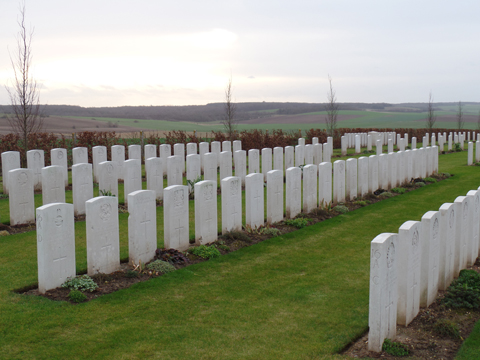Volume I

In this photo essay, Maddie Lazarski, a recent History graduate, reflects on how the experience of visiting sites associated with the Great War in January […]
Read More
In January 2015, Riley Kane took part in a Miami Winter Term Workshop on “The Great War at 100.” In this essay, republished for this […]
Read More
By Joey DeMarco On the morning of Tuesday, November 8th, I awoke to find that a friend had posted the following about one of the […]
Read More
Prague has become a tourist mecca since 1989: its beautiful cityscape conveys its rich history, as Sarah Childs explains in this photo essay. By Sarah […]
Read More
Launched in Fall 2016, Journeys into the Past is an online journal associated with Miami University’s History Department. It will feature issues dedicated to student research, student […]
Read More